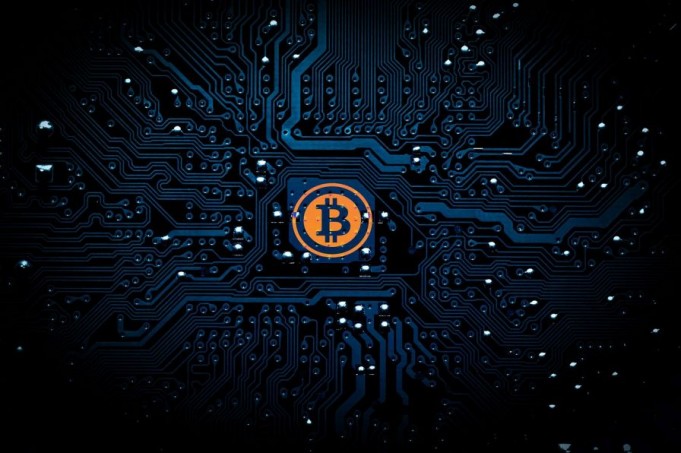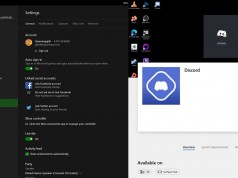What is Bitcoin?
Bitcoin is a type of electronic cash and a crypto-currency. Bitcoin is a decentralized digital currency, which can be exchanged from user to user on the peer-to-peer Bitcoin blockchain network without intermediaries. In this article, we discuss how bitcoin works and few important points related to Bitcoins are mentioned below:
- Bitcoin is an electronic currency, a decentralized network that tracks blockchain transactions in a public ledger.
- Bitcoin miners run sophisticated machine hardware to solve difficult puzzles in an attempt to validate transfer classes called blocks. These blocks are added to the database record, and the miners are credited with a limited amount of bitcoin.
- Bitcoin market participants can purchase tokens via cryptocurrency exchanges.
- The Bitcoin blockchain is made secure from the scam by an unsettled system. Bitcoin barter often operates against robbery. However, high-profile robberies have occurred so far.
How does Bitcoin work
You can start working with Bitcoin as a new user, without knowing the technical information. Once you are done with the installation of a Bitcoin wallet on your computer or cell phone, your Bitcoin address will be generated. You can build more Bitcoin addresses anytime as per your requirement. You can reimburse bitcoins after showing your bitcoin address. It is somewhat similar to how email operates, only the difference is that the Bitcoin addresses can only be used once.
Blockchain
The blockchain is a decentralized public database that depends on the whole Bitcoin network. Both verified payments come within the blockchain. It helps Bitcoin wallets to measure their disposable balance to check new purchases while assuring that the spender currently owns them. Cryptography claims the block chain’s independence and temporal order.
Transactions
A transaction is a value transaction between Bitcoin wallets that are included in the blockchain. However, Bitcoin wallets hold a hidden data called a private key or seed used for transactions. It shows the cryptographic proof that bitcoins have come from the wallet’s user. The signature also prohibits someone from changing the contract until it is released. Moreover, all payments are sent to the network and begin to be validated by a method called mining within 10-20 minutes.
Mining is a global consensus mechanism that is used in the blockchain to validate pending transactions. However, it enforces a sequential order in the blockchain, maintains network neutrality, and requires different machines to decide on the state of the system. To be authenticated, transactions must be packed into a block that matches very strict cryptographic rules, which the network must validate. Mining also produces the equivalency of a competitive draw, which prohibits any person from easily inserting new blocks to the blockchain. Therefore, no organization or person may regulate what is included in the blockchain or remove parts of the blockchain to scale back their expenses.
Conclusion
Bitcoins are compact, robust, divisible, fungible, rare, and hard to counterfeit. It is a digital virtual currency and can be instantly transferred to anybody, anywhere in the world. Bitcoin uses a peer-to-peer methodology to run without a central authority. The network collectively handles transfers and addresses money.









